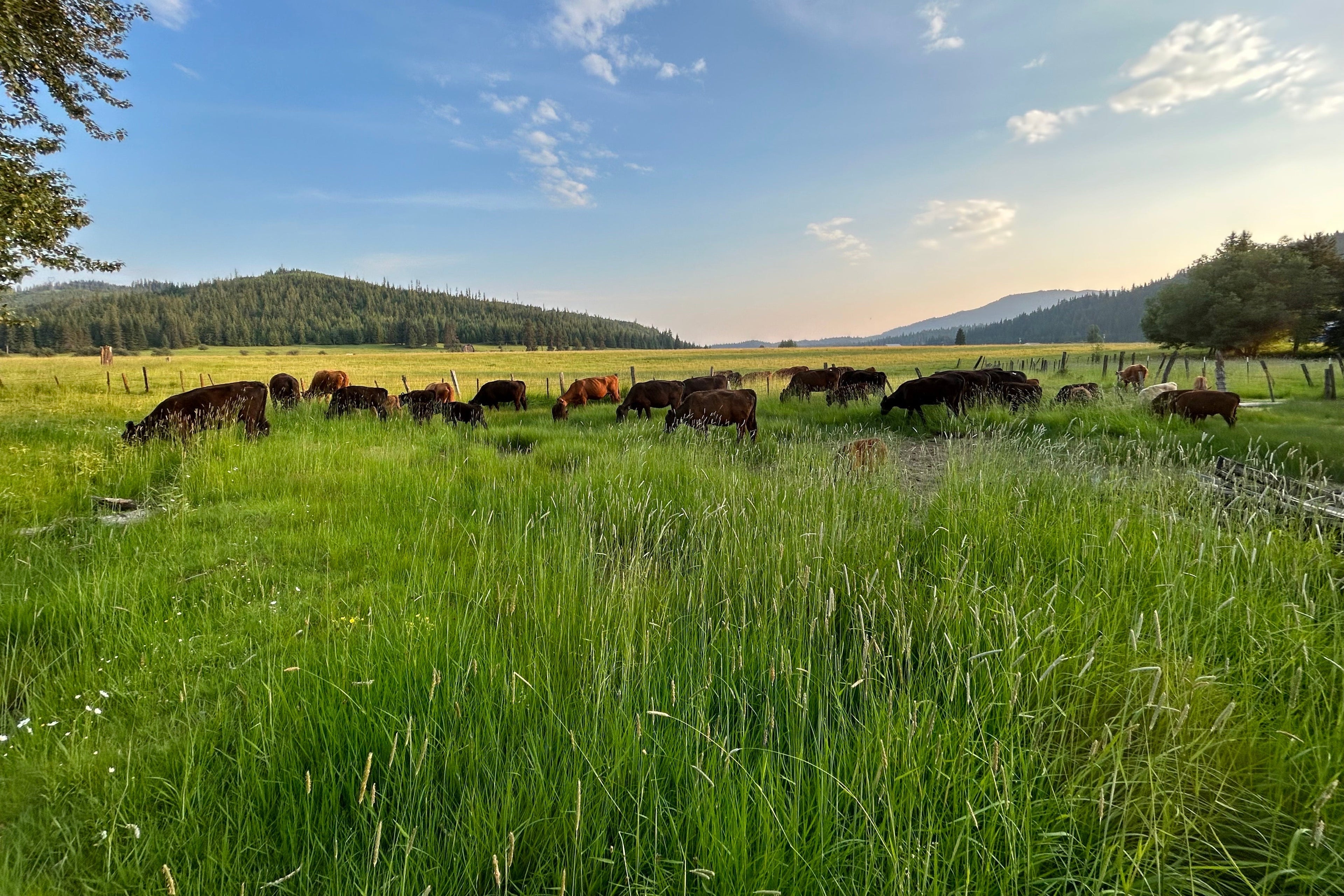The Science Behind Tallow: Why Your Skin Loves Grass Fed Beef Tallow
While many consumers are drawn to beef tallow for its “natural” reputation, there’s a deeper scientific explanation behind its skin-loving properties. From its fatty acid profile to how it mimics human sebum, tallow is more than just an old-world remedy. Below, we’ll dive into research findings that shed light on why grass-fed tallow might be a superior moisturizer compared to synthetic creams.
Fatty Acid Profile of Grass Fed Beef Tallow
-
Stearic Acid
-
Benefit: Beef Tallow helps maintain the skin’s structural integrity, supporting firmness and a smoother texture.
-
Science Note: Stearic acid is also found in cocoa butter and shea butter, but tallow’s ratio can be especially compatible with human skin.
-
Palmitic Acid
-
Benefit: Beef Tallow creates a protective layer on the skin, reducing transepidermal water loss and shielding against irritants.
-
Science Note: Palmitic acid is naturally present in our skin’s sebum but can deplete with age, making tallow helpful for mature skin.
-
Oleic Acid (Omega-9)
-
Benefit: Enhances the absorption of other beneficial compounds and can promote a soft, supple feel.
-
Science Note: A high oleic content is one reason some people worry about pore congestion. However, grass-fed beef tallow’s balanced fatty acid composition generally avoids this concern for most users.
Reference: According to a 2018 review in the International Journal of Cosmetic Science, lipids structurally similar to human sebum have better bioavailability and can reduce skin irritation.
How Beef Tallow Mimics Human Skin Cell Structure
Human sebum is a mix of triglycerides, wax esters, and squalene. Tallow’s chemical makeup is astonishingly close:
-
Similar Ratio of Fatty Acids: This likeness allows Beef Tallow to integrate more seamlessly with the skin’s natural oils.
-
Boosts Barrier Function: Because the skin reads tallow’s fats as “familiar,” it may bolster the barrier without triggering an immune or inflammatory response common with synthetic ingredients.
-
Transdermal Delivery: Tallow’s composition may help deliver micronutrients like vitamins A, D, E, and K deeper into the epidermis.
Comparing Beef Tallow Balm to Synthetic Moisturizers
|
Aspect |
Beef Tallow Balm |
Synthetic Moisturizers |
|
Primary Ingredients |
Grass-fed beef tallow (natural fats, vitamins) |
Petroleum-based emollients, silicones, chemical emulsifiers |
|
Skin Compatibility |
High—due to sebum-like structure |
Can vary; some skin types may respond negatively to certain synthetics |
|
Nutrient Density |
Naturally contains vitamins A, D, E, and K |
Often relies on fortified vitamins or chemical complexes |
|
Environmental Impact |
Utilizes an animal byproduct; can be sourced from regenerative farms |
Petroleum derivation and complex chemical processes can be more resource-intensive |
|
Long-Term Effects |
May improve overall skin resilience and barrier function |
Can offer quick cosmetic effects but may not deeply nourish the skin over time |
Research on Beef Tallow’s Efficacy
Though large-scale clinical trials on “beef tallow for skin” remain limited, early studies and anecdotal evidence point to tallow’s potential for:
-
Supports Eczema-Prone Skin: By reinforcing the lipid barrier.
-
Beef Tallow balances Sebum: Possibly helpful for mild acne or combination skin, when used in correct amounts.
-
Anti-Inflammatory Effects: Certain fatty acids in tallow may exhibit anti-inflammatory properties, assisting in soothing redness or irritation.
Fun Fact: Searching “does beef tallow clog pores” or “is tallow good for acne” yields a spectrum of user experiences—some hail it as a miracle product, while others need to adjust usage or combine it with a thorough cleansing routine.
Myths vs. Facts about Beef Tallow Science
-
Myth: “Animal fats are automatically bad for skin.”
Fact: Beef Tallow is a natural fat with a unique fatty acid composition similar to human sebum. Many modern synthetic creams try to replicate what tallow already has. -
Myth: “Beef Tallow is only for dry skin.”
Fact: Oily or acne-prone individuals can benefit too, as a small amount may help rebalance the skin’s own oil production. -
Myth: “All tallow is the same.”
Fact: Grass-fed tallow has a superior nutrient profile compared to grain-fed or conventionally raised sources, making it a more potent option for skin health.
Incorporating Tallow into a Science-Based Skincare Routine
-
Double-Cleanse Method: Especially if you wear makeup or have oily skin, consider a gentle double Beef Tallow cleanse followed by a pea-sized amount of Beef Tallow balm.
-
Use as a Nighttime Treatment: Many people notice improved skin texture and fewer irritations when they apply tallow before bed, letting it work overnight.
-
Supplement with Hydrating Serums: Pairing tallow with ingredients like hyaluronic acid can give you the best of both worlds—water-based hydration plus lipid-based occlusion.
Experiment: Start with a minimal application and observe your skin’s reaction over 1–2 weeks, documenting any “tallow skin before and after” changes.
Conclusion
The science behind beef tallow reveals a substance remarkably in tune with our skin’s inherent design. By choosing grass-fed beef tallow, you amplify the benefits—richer vitamins, a more favorable fatty acid profile, and fewer contaminants. While modern beauty brands often replicate these elements synthetically, tallow provides a straightforward, historically validated option supported by emerging research.
Ready to Explore the Science in Action? Try our Grass-Fed Tallow Balm to see how this naturally sebum-like substance can transform your routine from the inside out.



